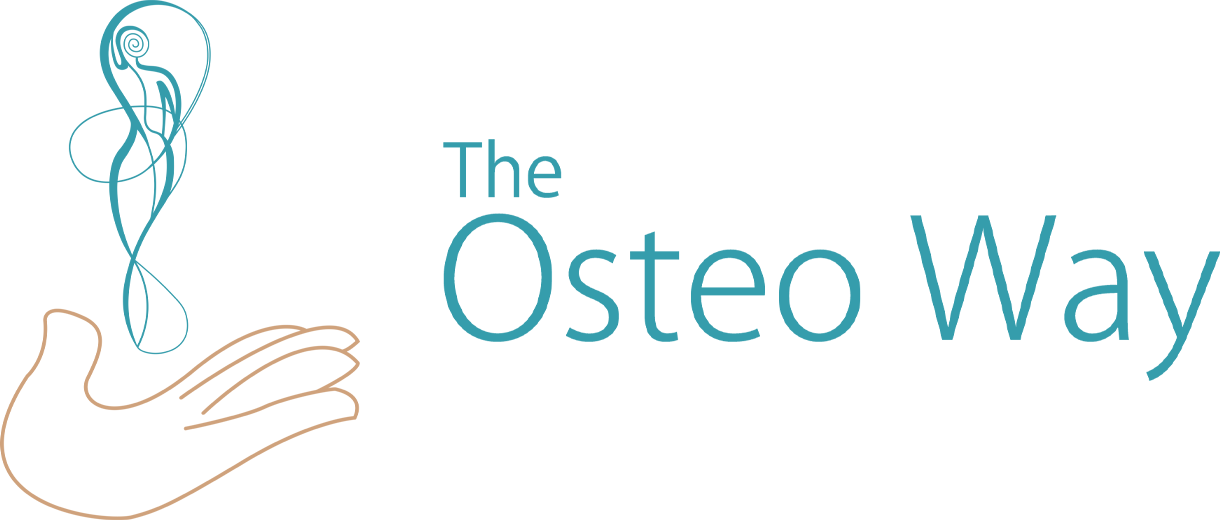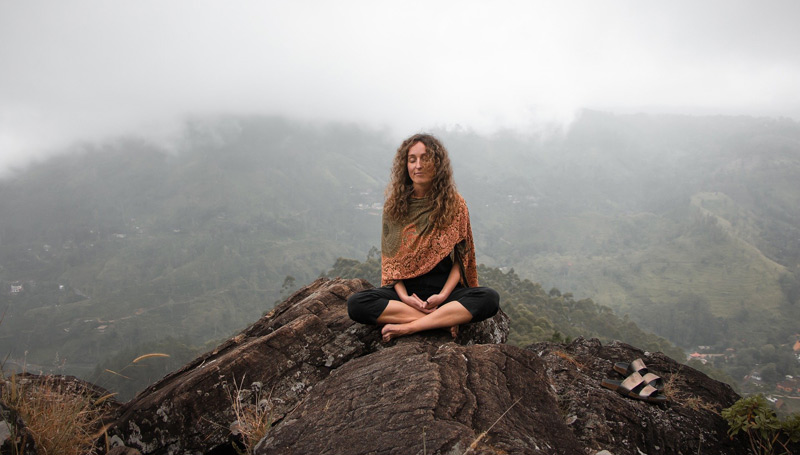
Why? Osteopaths operate based on the fact that everything in the body is connected. As a result, the body is treated as a whole rather than as parts or segments. The mind-body relationship can have an immense impact on your current health and well-being.
You may be wondering “well what does the ‘mind body relationship’ even mean?” Or perhaps you’re not sure about this “body as a whole” concept. Don’t fret: Chloé explains all of that in this article!
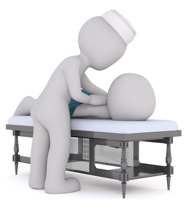 One of the questions we get asked the most as Osteopaths is: “What is it that you do? Because I have no idea–it sounds like it has to do with the bones… are you like a chiropractor?” And then we try to explain Osteopathy in a nutshell, which is quite challenging as it is easier to explain why we do what we do than it is to explain all the techniques that we use with our patients.
One of the questions we get asked the most as Osteopaths is: “What is it that you do? Because I have no idea–it sounds like it has to do with the bones… are you like a chiropractor?” And then we try to explain Osteopathy in a nutshell, which is quite challenging as it is easier to explain why we do what we do than it is to explain all the techniques that we use with our patients.
An important part of the Osteopathic philosophy is considering the body as a whole. This includes every single aspect of you, including your mind. It helps us to get as close as possible to the root cause of your symptoms, which can be very different from where the location of the pain or disease might be manifesting. There’s an equilibrium system that allows your body to internally self-regulate to adjust to its surroundings (heat, hunger, stress, PH imbalance, etc.) called homeostasis.
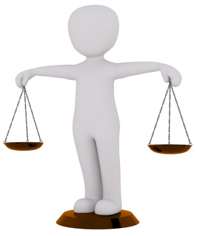 Doctors are becoming interested in improving their understanding of the connection between the different regulatory systems of the body and call this new specialty: psychoneuroendocrine immunology (or psychoneuro immunology [PNI]). This long title studies the link between the psyche (the mind, thoughts, emotions), the nervous system (regulates the activity of the nerves and organs), the hormonal system (endocrine organs send messages throughout the body), and the immune system (the defence system of the body).
Doctors are becoming interested in improving their understanding of the connection between the different regulatory systems of the body and call this new specialty: psychoneuroendocrine immunology (or psychoneuro immunology [PNI]). This long title studies the link between the psyche (the mind, thoughts, emotions), the nervous system (regulates the activity of the nerves and organs), the hormonal system (endocrine organs send messages throughout the body), and the immune system (the defence system of the body).
Thanks to this discipline, physicians are hoping to uncover the connection between the mind, the body, and its biology. Indeed, emotions are translated electrically, chemically, and hormonally by the nerves in our bodies. The link between these different systems is quite complex, but very well done to keep the homeostasis (remember: this is the balance inside the different internal systems) that allows them to communicate with each other and influence one another at the same time.
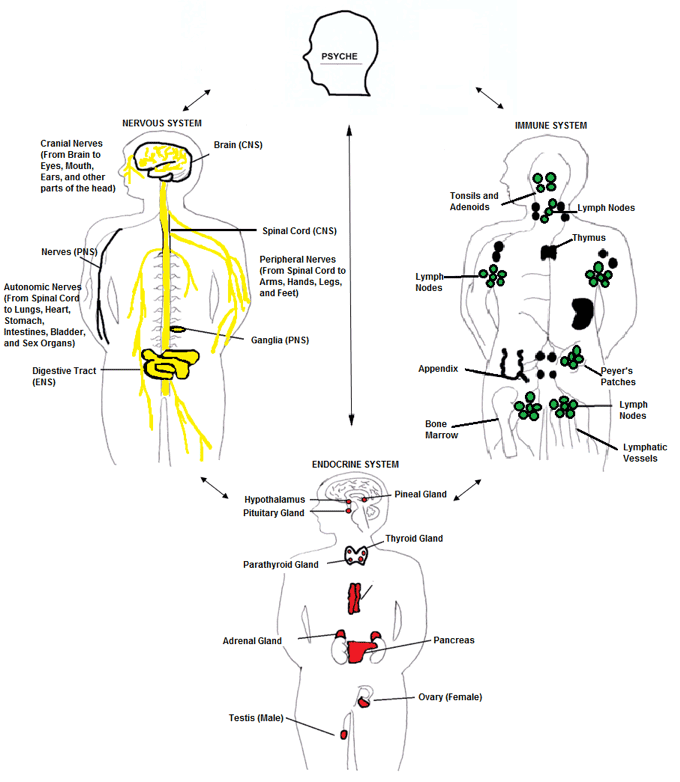
For example: a negative thought can create a psychological reaction with emotions, such as anxiety or anger. It also initiates a response from the nervous system by boosting the sympathetic nervous system (activating the fight or flight response) creating an overall tension of the muscles. There is then a hormonal change to mobilize the energy necessary for fight or flight thanks to the increase of two hormones secreted by the adrenal glands (above the kidneys): adrenaline (increases muscle and cardiac function) and cortisol (prepares the immune system for battle or recovery). Finally, a decrease in your immunity can occur if this becomes a chronic problem, associated with inflammation in the body.

On the contrary, a positive thought will create happiness and enthusiasm, relaxation in your body (due to the activation of the parasympathetic system–responsible for sleep and digestion), and an increase in your immunity (production increases of special cells which kill bacteria and viruses with greater ease).
Of course, this is a very simplified version of the cascade of reactions happening in your body at all times, but it’s a good reminder that our lifestyle, and the challenges we all face, influence our bodies in many ways, whether we realize it or not. Over time, this wear and tear on our bodies can contribute to joint pain, digestive issues, and other ailments.
This is why your Osteopath asks so many questions about all your different organs, any accidents, illnesses, hobbies, and activities of daily life, when they meet you. This allows us to “zoom out” of the obvious symptoms and, using our medical knowledge, look at the whole spider web that builds you, to help you to heal.
If this interests you, consider booking an appointment with an Osteopathic manual therapist.
